Spaniard: the story of the worst epidemic of the 20th century
Categories: Health and Medicine | History
By Pictolic https://pictolic.com/article/spaniard-the-story-of-the-worst-epidemic-of-the-20th-century1.htmlThe death of hundreds of millions of people in just 18 months is almost a pure apocalypse scenario. The Spanish flu, which awoke at the end of the First World War, infected about 500 million people and, according to various estimates, claimed 10-20 times more lives than 4 years of bloody battles. Many books have been written about how such a thing could happen in a bright time for medicine and science, but the best chronology of the Spaniard is illustrated by photographs and posters of those years.
Scientists have not been able to establish the zero patient and the country-the focus of the deadly strain. The mutated Spaniard is also responsible for the outbreak of lethargic encephalitis, the frequent cases of which were noticed just a couple of years after the underlying disease began to decline.
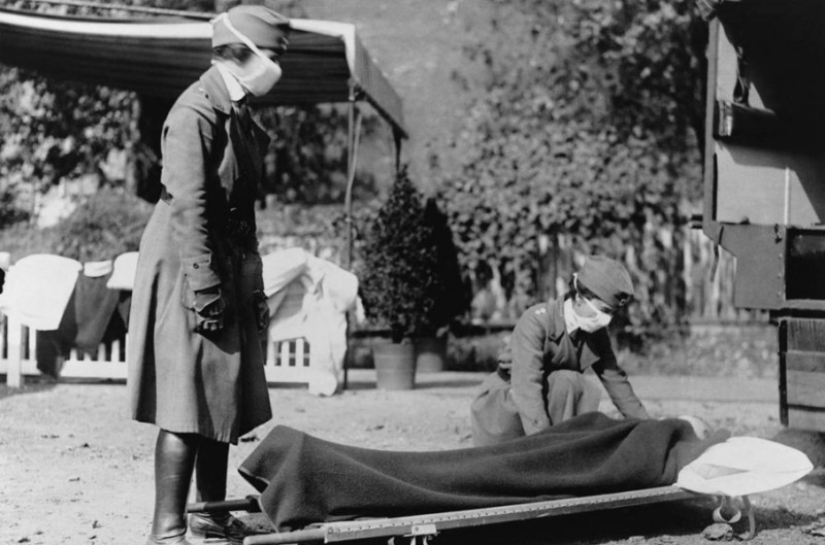
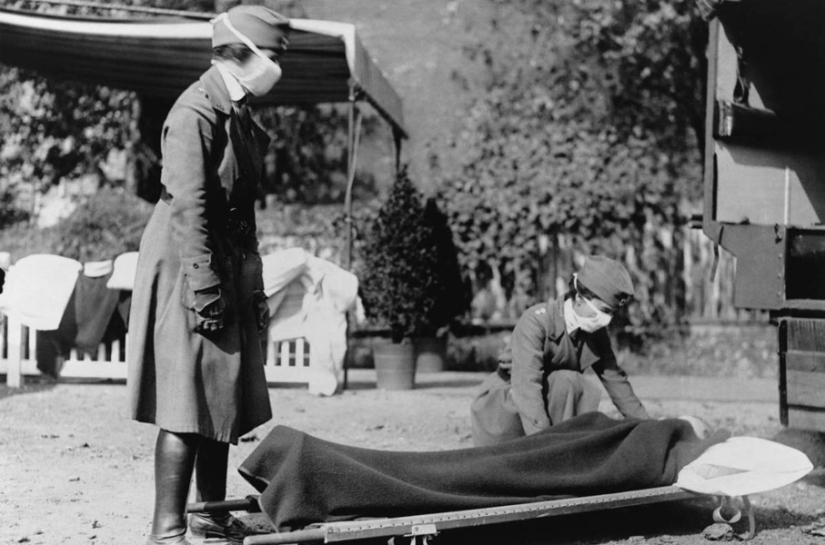
The Spanish flu was named because it was in this country that the first serious outbreak of the epidemic was recorded.
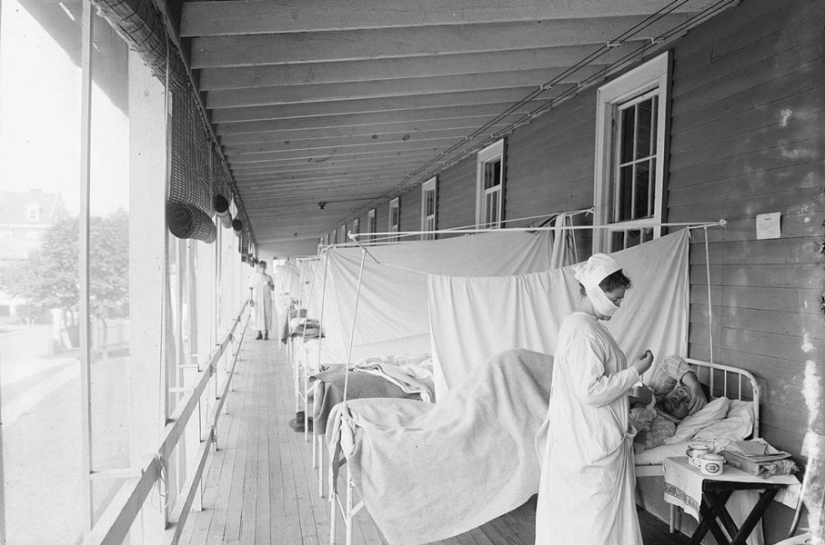
Scientists have not been able to establish the zero patient and the country-the focus of the deadly strain.
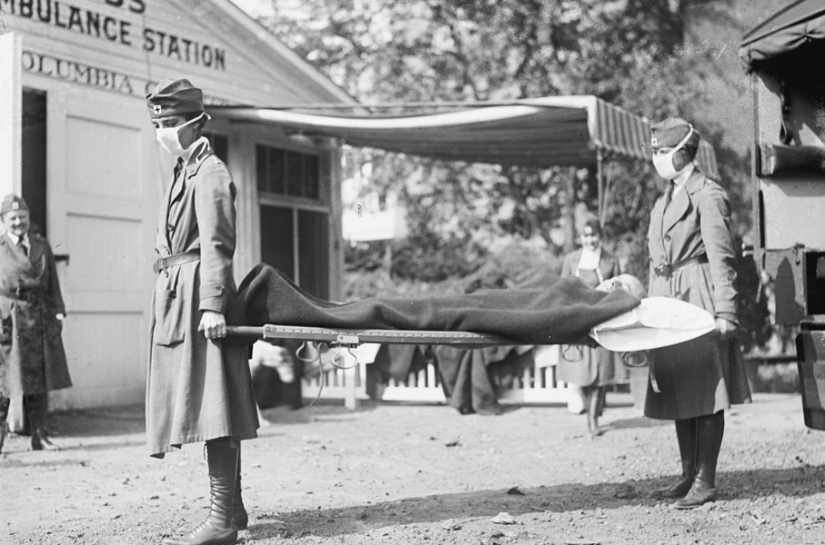
The war and poor sanitary conditions largely contributed to the rapid spread of the contagious disease around the world and its rapid mutation.
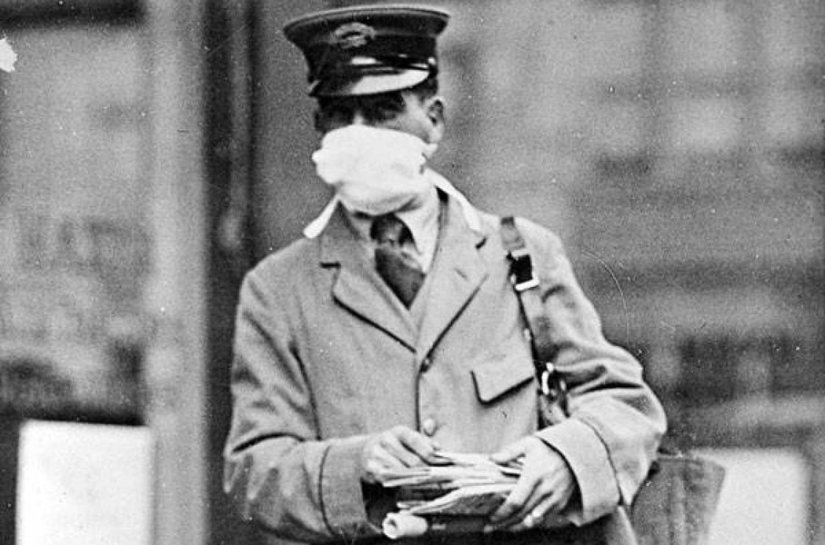
According to one version, the Spaniard could have come from China, since many of the nearly hundreds of thousands of Chinese soldiers who arrived at the end of 1917 on the Western Front were infected with influenza to one degree or another.
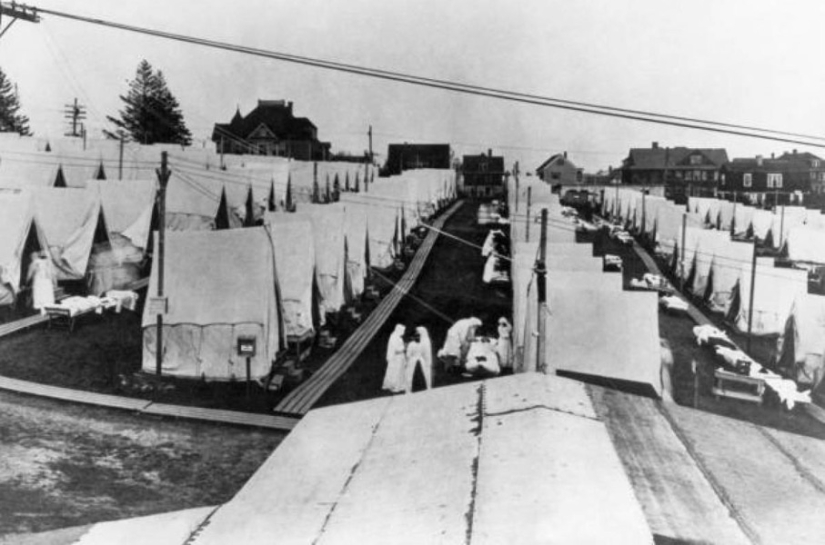
If other diseases usually attacked the weak and helpless, then the Spaniard struck everyone in a row, including absolutely healthy young people.

The second wave of flu in the fall of 1918 killed in just a couple of days.
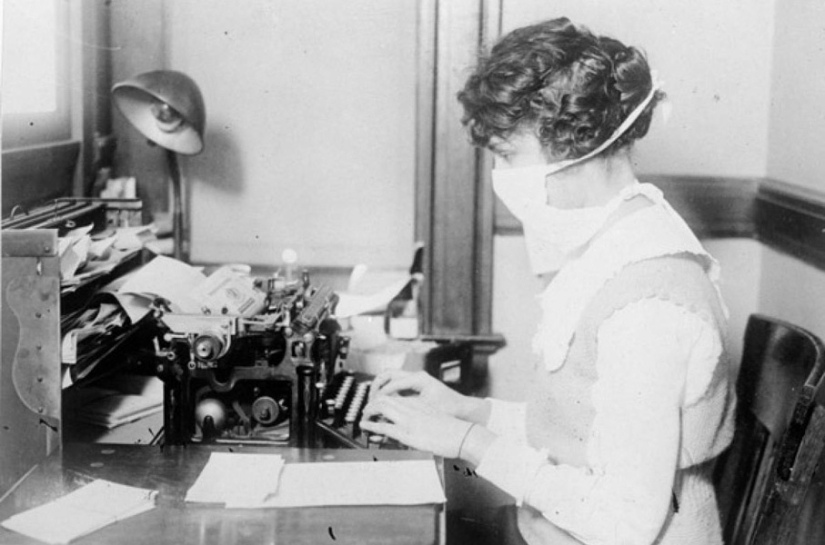
The flu came to America in March 1918, but then it was not given such special importance. Reminds me of the recent events with Ebola, doesn't it?
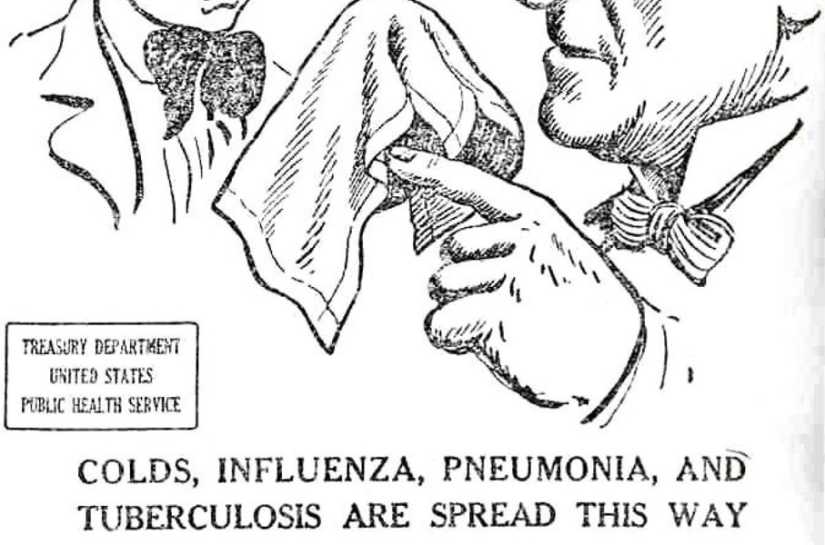
Many doctors recommended the wrong means of preventing the disease, since they simply did not know that the disease was caused not by bacteria, but by a virus.
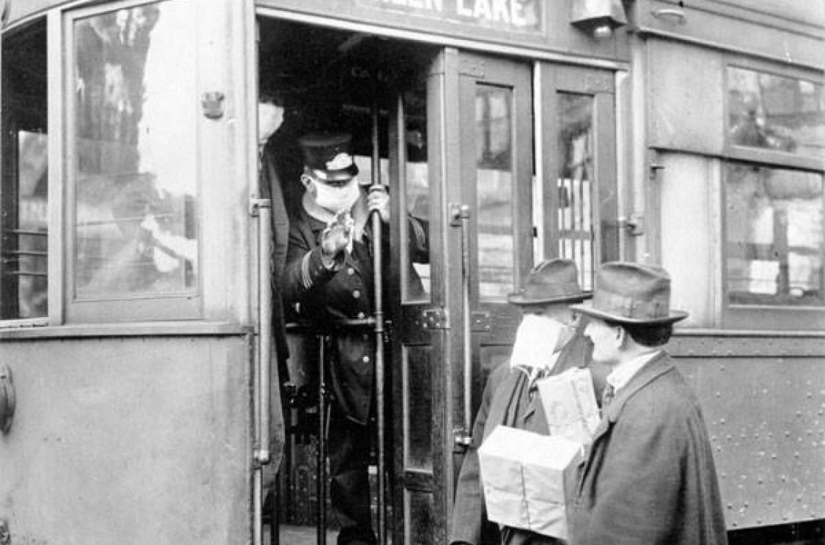
The governments of different countries belatedly, but still began to introduce quarantine, limiting large crowds of people, the work of state institutions and public transport. It seemed that the world was frozen in anticipation.
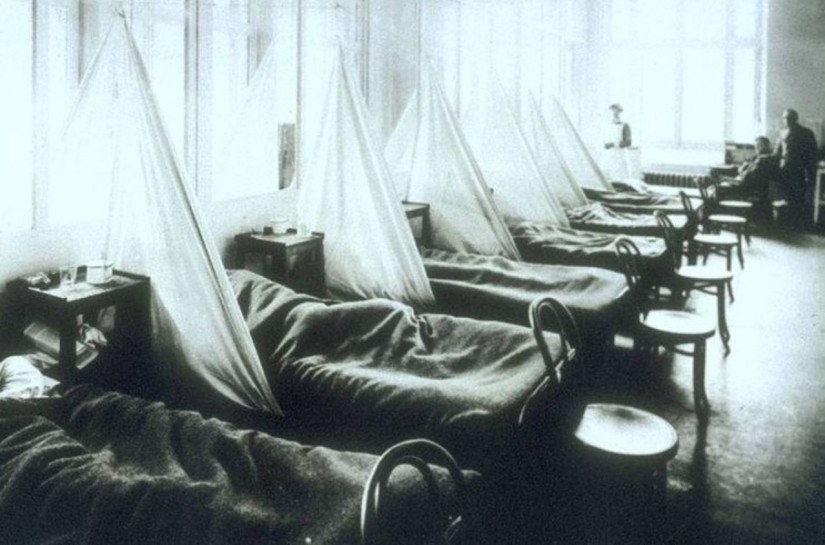
The lack of necessary medicines and vaccines from the Spanish flu in the war-torn storerooms forced patients to leave to their fate, albeit under the supervision of doctors.
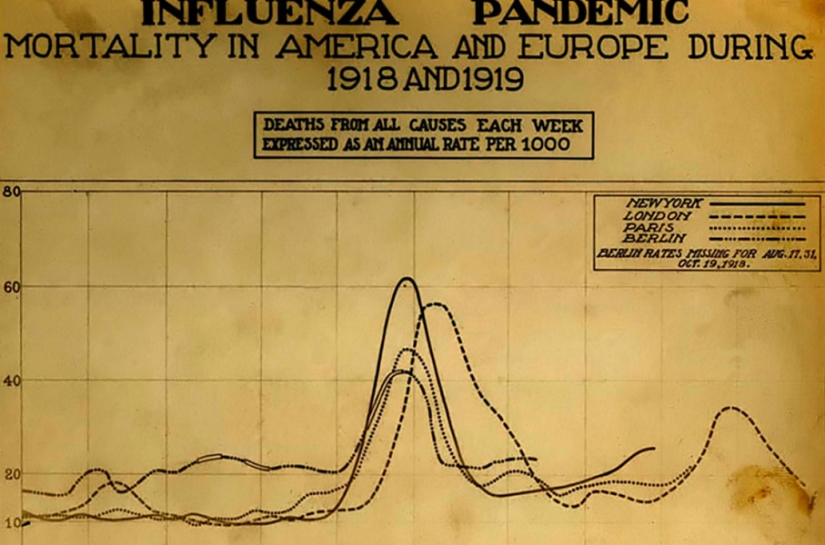
The census at the end of the epidemic in the summer of 1919 showed that 615,000 people died in America out of a total of 50-100 million victims.
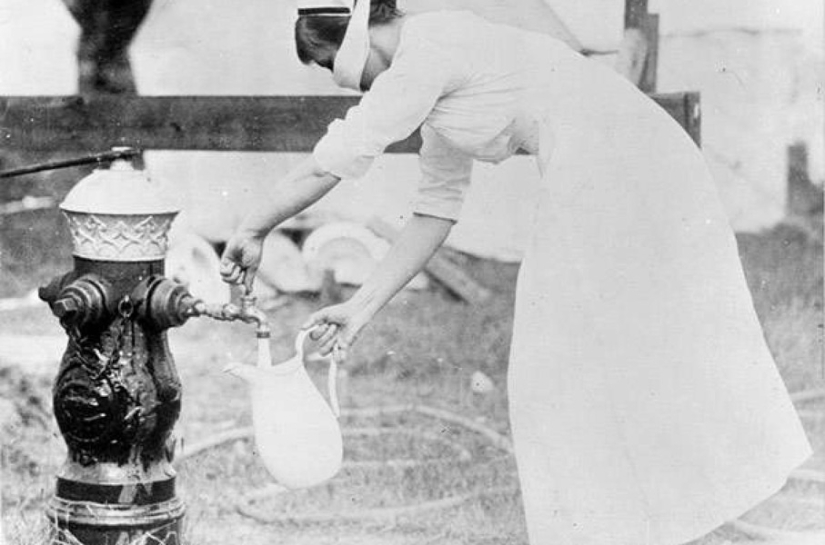
The Spanish flu can be confidently called the father of many modern strains. So, in particular, swine flu, which killed about 12 thousand people in 2009, is directly related to him.

The vaccine against the 1918 strain was developed only in our days, but, interestingly, it turned out to be effective against atypical pneumonia and avian influenza.
Keywords: 20th century | Virus | Flu | Quarantine | Epidemic
Post News ArticleRecent articles

Kevin Mitnick is a name that became legendary in the world of information technology back in the last century. In the 1990s, he was ...

Professional poker players are undoubtedly gambling people. Even being away from the poker tables, they can't resist playing and ...
Related articles

The Indochina Peninsula, located in southeast Asia, is a favorite place for tourists all over the world. Myanmar, Thailand, Laos, ...

About each nation there are stereotypes. For example, the Germans say that they love the "Ordnung", discipline and purity. This ...

Though we live in the 21st century, myths and speculation in our lives no less than the peasants of the last century. However, all ...

Leonid Gaidai's comedy "Ivan Vasilyevich changes his profession" has been supplying us with catch phrases for half a century. But ...